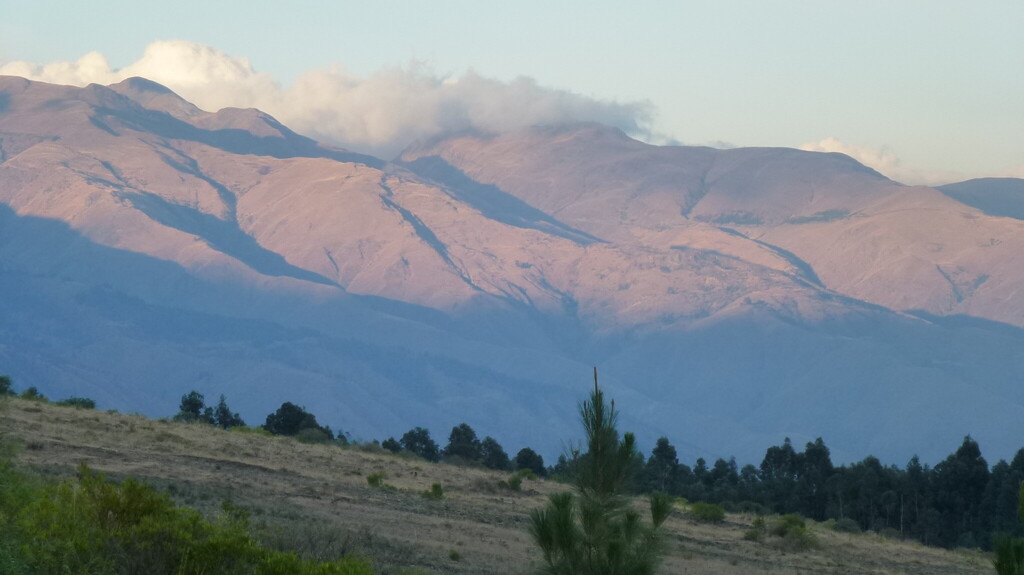High in the Andes
A first hello from Bolivia. I arrived safely. The most beautiful thing is the flight from Santa Cruz in the lowlands high into the Andes to the valley of Cochabamba. The flight is in a small plane with an unobstructed view of the Andes, unfortunately they are mostly bare.
I press my nose against the window and think about how forest could grow there again. I am not the only one with such thoughts.
4th International Agroforestry Congress
On Monday, 10 August 2015, the 4th Congress on Agroforestry begins at the Catholic University San Pablo in Cochabamba and I meet like-minded people. A good 200 people have arrived, including women scientists and farmers, representatives of NGOs and politics, as well as many female students, including the men.
We hear numerous presentations on agroforestry, including two studies that have scientifically investigated whether and how agroforestry is economically profitable compared to other farming systems.
Agroforestry is most profitable
Agroforestry beats them all, both in net income and in the satisfaction of farming families. Moreover, agroforestry is the most productive in terms of yield per tonne.
Why is this not known? Why is the Bolivian government under Evo Morales planning to convert 10 million hectares of rainforest into soy plantations? Naturefund now wants to build a database that makes scientific studies on agroforestry visible with their results. It is a first step.
Onions next to bananas at 3,000 m altitude
The next day we visit dynamic agroforestry plots and are amazed at what can be made out of a barren landscape. Onions grow next to bananas at 3,000 m altitude, apple trees blossom next to maize.
Tomorrow and the day after I will be in Sacaba to visit the 13 farming families who have converted to dynamic agroforestry with the help of Naturefund. The idea is to do small video interviews with them and let them have their say. This is also a step towards making it more visible how well people are doing with dynamic agroforestry ... and nature.
I'll be in touch again soon. Greetings to warm Germany, here it is 11 degrees cool at the moment.

